Forex Trading Around the World: How Regulations Shape Your Opportunities in 2025
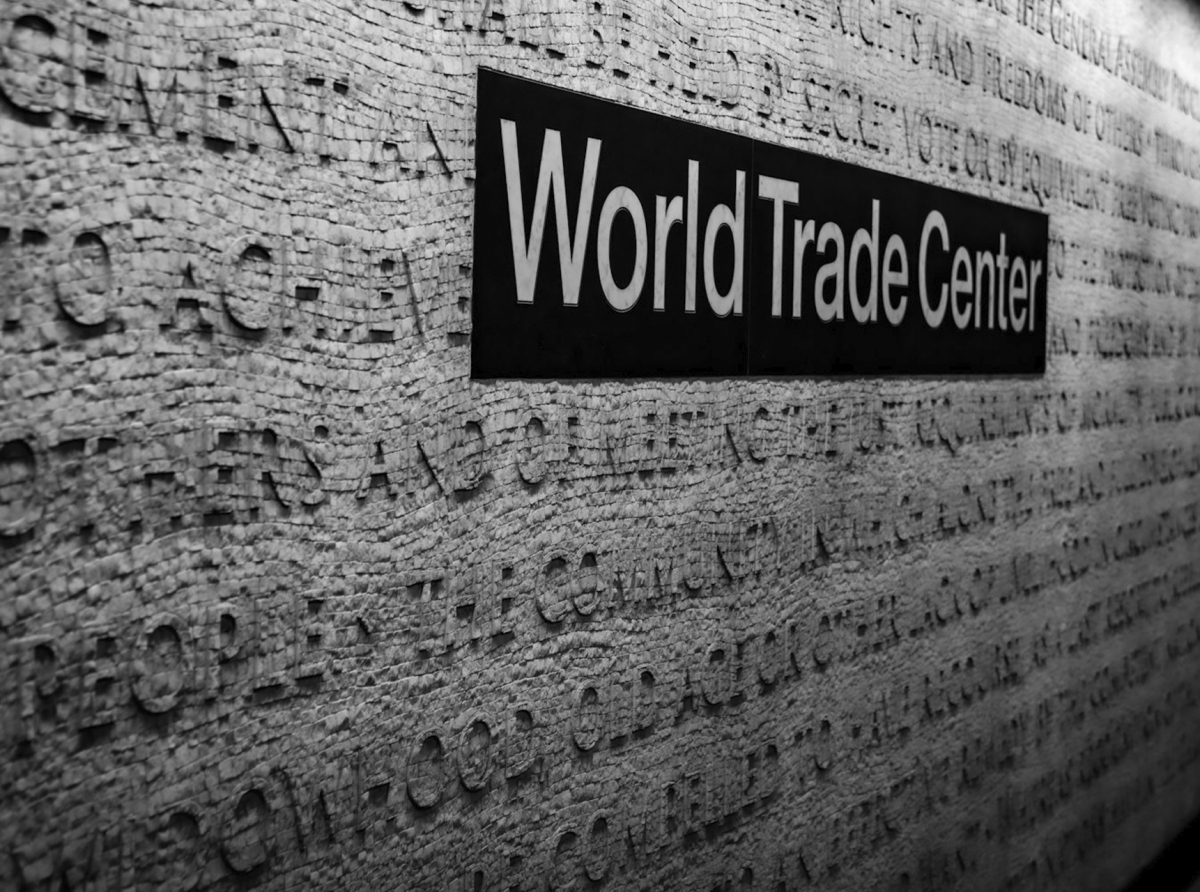
Forex Trading Around the World: How Regulations Shape Your Opportunities in 2025
The Global Forex Landscape: Why Your Country Determines Your Trading Reality
Forex trading operates as the world's largest financial market with over $7.5 trillion in daily volume as of November 2025, yet the experience of trading currencies differs drastically depending on where you live.A trader in the United States faces leverage caps at 50:1 for major pairs, cannot hedge positions, and must trade with heavily capitalized brokers regulated by the Commodity Futures Trading Commission and National Futures Association.
Meanwhile, traders in Cyprus or offshore jurisdictions access leverage up to 500:1, can hedge freely, and enjoy significantly lower minimum deposit requirements. These divergences stem from fundamentally different regulatory philosophies about retail trader protection versus market freedom.
Understanding forex regulation by country becomes critical for traders seeking optimal conditions, whether prioritizing safety through strict oversight or flexibility through permissive frameworks.
In 2025, regulatory trends show convergence around certain protections—negative balance protection, segregated client funds, transparency requirements—while maintaining stark differences on leverage limits, hedging permissions, and broker capitalization standards.
This creates a complex global patchwork where savvy traders navigate between jurisdictions to match their risk tolerance, capital size, and trading strategies with appropriate regulatory environments.
United States: The Fortress of Forex Regulation
The US forex market represents the most restrictive major jurisdiction for retail traders, shaped by the 2010 Dodd-Frank Wall Street Reform and Consumer Protection Act that fundamentally restructured financial regulation following the 2008 crisis.The Commodity Futures Trading Commission regulates all forex brokers legally operating in the US, working alongside the National Futures Association which handles broker registration, compliance monitoring, and enforcement actions. This dual-regulator system creates perhaps the world's most stringent forex oversight environment.
US traders face maximum leverage of 50:1 for major currency pairs and 20:1 for exotic pairs, cannot hedge positions by holding simultaneous buy and sell orders on the same pair, and must follow first-in-first-out rules when closing positions.
These restrictions, which don't exist in most other countries, aim to protect retail traders from excessive losses but simultaneously require significantly larger trading capital to achieve meaningful position sizes. A trader wanting to control $100,000 worth of EUR/USD needs $2,000 margin in the US versus just $200 in many offshore jurisdictions offering 500:1 leverage.
The Dodd-Frank legislation dramatically reduced the number of forex brokers operating legally in the US market. Before 2010, dozens of brokers served American traders; by November 2025, fewer than ten CFTC-registered brokers remain active. T
Consumer protections in the US forex market exceed most jurisdictions. All forex brokers must provide detailed risk disclosure statements mandated by CFTC Regulation 5.5, including quarterly profitability statistics showing what percentage of retail accounts gained or lost money.
This transparency allows traders to make informed decisions about broker selection and realistic expectations about forex trading outcomes. However, these protections come with trade-offs: US traders cannot access many popular European or Asian brokers, cannot trade certain exotic pairs, and face higher costs due to broker compliance expenses passed to customers through wider spreads or commissions.
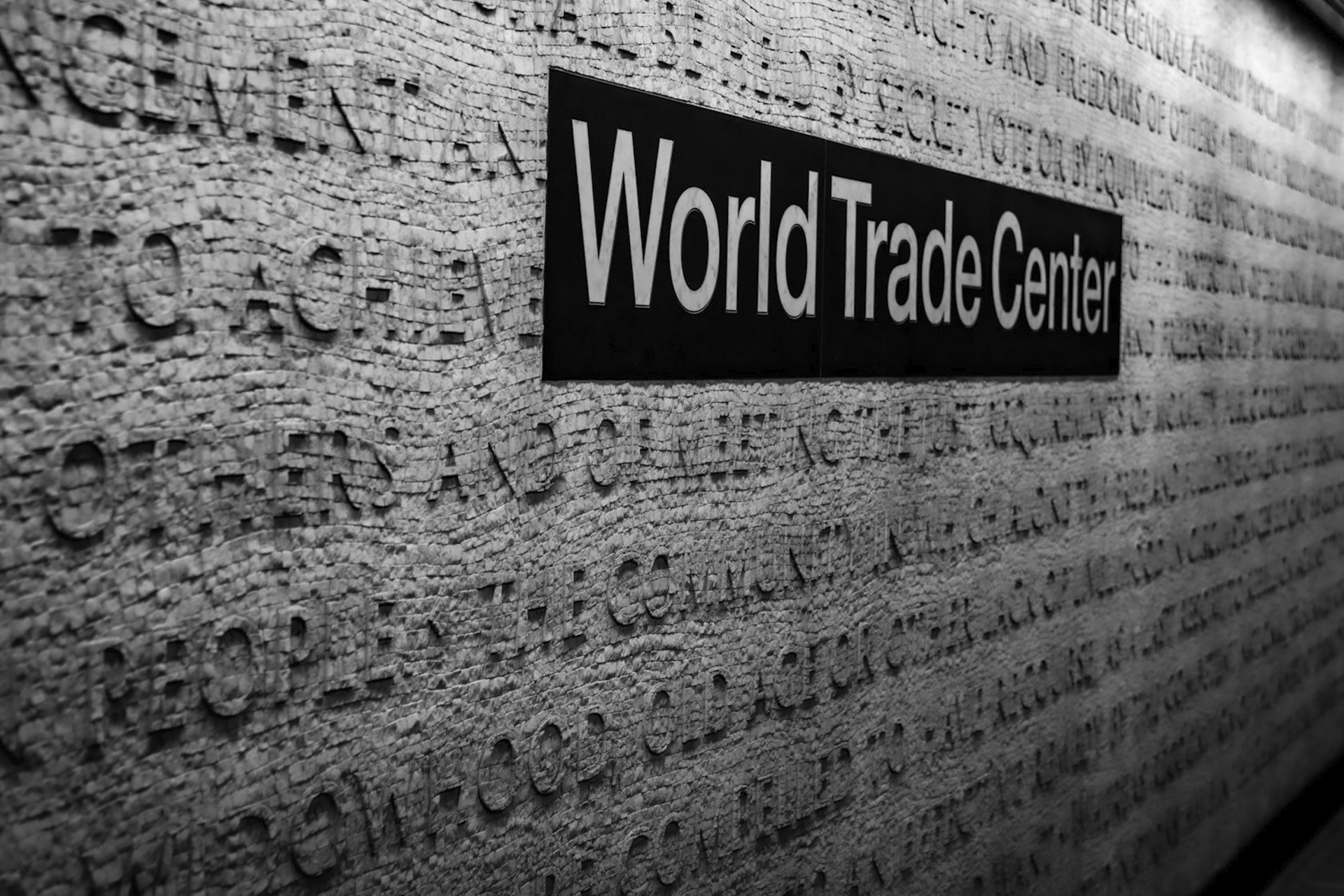
Forex Trading Around the World: How Regulations Shape Your Opportunities in 2025
European Union: MiFID II and the ESMA Framework
European forex regulation operates under the Markets in Financial Instruments Directive II, implemented across all EU and European Economic Area member states, creating a harmonized regulatory framework overseen by the European Securities and Markets Authority.Unlike the US model with federal-only regulation, Europe employs a tiered system where ESMA sets pan-European standards while national regulators like Cyprus Securities and Exchange Commission, UK Financial Conduct Authority, and Germany's BaFin enforce rules within their jurisdictions.
The MiFID II framework, fully effective since January 2018 and continually updated through 2025, establishes critical retail protections that became industry standards globally.
Key provisions include mandatory negative balance protection ensuring traders cannot lose more than their account balance, leverage caps of 30:1 for major currency pairs and progressively lower limits for exotic pairs and volatile assets, standardized risk warnings showing percentage of retail accounts losing money, and prohibition of bonus-based marketing. These measures followed ESMA's 2018 product intervention addressing concerns about retail forex losses during periods of extreme volatility.
UK regulation through the Financial Conduct Authority demands capital requirements ranging from £50,000 for restricted brokers to £730,000 for market makers offering dealing desk execution.
Post-Brexit, the UK maintains MiFID-equivalent standards while developing independent policies, creating parallel but not identical frameworks. The FCA's reputation as one of the world's strictest, most respected regulators makes an FCA license highly valuable for brokers seeking credibility, though the authorization process typically requires 12-18 months and substantial legal and compliance infrastructure.
Japan: Extreme Protectionism in the World's Third-Largest Economy
Japan's Financial Services Agency regulates forex trading with perhaps the world's most restrictive approach, banning all overseas brokers from serving Japanese residents and enforcing maximum leverage of 25:1 since August 2011.This protectionist stance stems from Japan's economic experiences including the 1990s asset bubble collapse and subsequent "lost decades," creating governmental philosophy that prioritizes capital preservation over market freedom.
The FSA's policies create a closed ecosystem where only domestically licensed brokers can legally operate. Japan actively collaborates with international regulators including ASIC, CFTC, NFA, CySEC, and FCA to prevent brokers in those jurisdictions from marketing services to Japanese traders.
This unprecedented level of regulatory coordination effectively blocks Japanese retail traders from accessing global forex markets outside the FSA-approved framework. Brokers violating these restrictions face severe penalties including fines, criminal prosecution, and blacklisting that extends to their operations in cooperating jurisdictions.
The 25:1 leverage cap forces Japanese traders to commit substantially more capital than counterparts in less regulated markets. This requirement effectively excludes smaller retail traders who cannot meet higher margin requirements, concentrating forex activity among wealthier participants and institutions.
Critics argue this creates a regressive system favoring those with existing capital while denying market access to ordinary citizens seeking wealth building through trading. Supporters contend the restrictions prevented catastrophic retail losses during periods like the 2015 Swiss franc crash when unlimited leverage brokers worldwide saw mass account liquidations and negative client balances.
Australia: ASIC's Balanced Approach to Retail Protection
The Australian Securities and Investments Commission, established in 1991, regulates forex brokers through a framework emphasizing transparency, fund segregation, and investor protection while maintaining relatively business-friendly conditions compared to the US or Japan.ASIC occupies a middle ground between restrictive jurisdictions and offshore havens, making Australia attractive for brokers seeking legitimate regulatory oversight without excessive operational constraints.
ASIC mandates leverage limits of 30:1 for major forex pairs, identical to European ESMA standards, along with negative balance protection, standardized risk warnings, and dispute resolution through the Australian Financial Complaints Authority which can award compensation up to AU$1.08 million.
These protections became stricter following ASIC's 2021 product intervention orders responding to COVID-19 market volatility when many retail traders experienced significant losses. The regulator increased margin close-out requirements from 50% to 100% of minimum margin, forcing brokers to close losing positions earlier to prevent negative balances.
Singapore: The Asian Financial Hub's Sophisticated Framework
Singapore's Monetary Authority represents one of Asia's most sophisticated regulators, maintaining robust oversight comparable to the FCA and ASIC while fostering fintech innovation and international financial services.The city-state positions itself as a global financial center bridging East and West, requiring regulatory frameworks that inspire international confidence while remaining competitive against Hong Kong, Tokyo, and regional centers.
MAS implemented significant revisions in 2025 including enhanced disclosure requirements and record-keeping mandates for brokers offering multi-asset platforms, particularly those combining traditional forex with digital assets.
Singapore's forward-looking approach addresses emerging risks from cryptocurrency integration, tokenized forex pairs, and algorithmic trading while maintaining core protections around capital adequacy, client fund segregation, and professional competence standards. MAS actively participates in global standard-setting organizations including the Financial Stability Board and Basel Committee, ensuring Singapore's rules align with international best practices.
Emerging Markets: A Spectrum from Liberalization to Capital Controls
India's Reserve Bank implemented liberalization measures in 2025 allowing Indian exporters to hold foreign currency accounts overseas, easing international trading processes while maintaining strict controls on retail forex speculation.This partial opening reflects India's gradual movement toward capital account convertibility, though retail forex trading remains highly restricted compared to developed markets. Indian forex markets feature active exchange-traded currency derivatives with rapid growth in options alongside traditional futures, though the rupee remains subject to central bank intervention during stressed market conditions.
Brazil exemplifies emerging market central banks' active foreign exchange intervention strategies. During 2020-2024, Brazilian authorities intervened in spot, repo, and FX swap markets to ensure smooth functioning and reduce excessive volatility, with international reserves declining $25 billion to $330 billion by end-2024.
These interventions demonstrate how emerging economies use forex policy as macroeconomic management tools rather than purely allowing free-floating exchange rates. For retail traders, such interventions create both opportunities and risks—government buying or selling can trigger sustained trends, but surprise policy shifts may cause sudden reversals.
Offshore jurisdictions including Belize, Seychelles, and Vanuatu maintain minimal oversight, frequently attracting scammers and high-risk brokers offering unrealistic leverage and inadequate capital protections.
These loosely regulated havens promise maximum trading freedom—leverage exceeding 1000:1, no restrictions on hedging or position sizing, minimal documentation requirements—but expose traders to counterparty risk if brokers cannot honor withdrawals. The fundamental question becomes whether avoiding restrictive regulations justifies accepting that broker bankruptcy or fraud leaves traders with no recourse through legitimate regulatory authorities or compensation schemes.
South Africa, Kenya, and other African markets show increasing regulatory development. Brazil's Comissão de Valores Mobiliários plans phased crypto regulations by late 2025, while Argentina launched regulatory sandboxes for tokenized securities.
These initiatives suggest emerging markets recognize forex and digital asset trading as growing sectors requiring appropriate oversight frameworks that protect consumers without completely stifling market development.
The challenge involves building regulatory capacity—trained supervisors, enforcement mechanisms, international cooperation—sufficient to oversee increasingly sophisticated financial products.
The Two-Year Outlook: Regulatory Convergence and Divergence
Convergence scenario (60% probability): Global regulatory standards increasingly align around core protections—negative balance guarantees, segregated client funds, profitability disclosure requirements, marketing restrictions.The EU's MiFID II and US Dodd-Frank provide templates that emerging markets adapt to local conditions. International cooperation through IOSCO and Financial Stability Board produces shared frameworks for cross-border broker supervision. Traders experience more consistent protections regardless of jurisdiction, though differences persist around leverage limits and product restrictions. Expected outcome: fewer rogue brokers, more expensive but safer trading environment globally.
Fragmentation scenario (25% probability): Geopolitical tensions and economic nationalism drive regulatory divergence. China maintains forex restrictions while attempting to internationalize the yuan. Russia, facing sanctions, develops parallel financial systems. The US and EU pursue different approaches to crypto-forex integration. Emerging markets split between those aligning with Western standards and those pursuing independent frameworks. Traders face increasingly complex jurisdictional arbitrage opportunities but also navigation challenges as broker licensing, product availability, and cross-border fund transfers become more restricted.
Innovation disruption scenario (15% probability): Decentralized finance platforms and peer-to-peer forex matching undermine traditional broker-regulator frameworks. Blockchain-based settlement and smart contract execution enable borderless currency trading outside conventional regulatory perimeters. Governments struggle to enforce restrictions on DeFi forex platforms operating without central points of control. Traditional regulated brokers face competitive pressure from unregulated alternatives offering superior technology and pricing. Regulatory response varies from outright bans (China model) to adaptive frameworks attempting to oversee decentralized systems (EU approach). Traders gain unprecedented access but assume greater counterparty and technical risks.
Conclusion: Your Trading Success Depends on Regulatory Navigation
In 2025, forex trading legality varies from full prohibition in some countries to highly regulated permission in developed markets to minimal oversight in offshore havens. This regulatory spectrum creates both challenges and opportunities for retail traders worldwide. Success requires matching your specific needs—capital size, risk tolerance, trading strategies, protection priorities—with appropriate regulatory environments.The fundamental tension between trader protection and market freedom persists across all jurisdictions. Stricter regulations like US 50:1 leverage caps and Japanese overseas broker bans undeniably protect some traders from catastrophic losses but simultaneously exclude others from market participation due to higher capital requirements.
Permissive offshore regulations offer maximum flexibility but expose traders to scams, broker insolvency, and manipulation with no regulatory recourse. The optimal regulatory environment differs for each trader based on individual circumstances and priorities.
Looking forward, expect continued regulatory evolution addressing emerging risks from algorithmic trading, AI-driven market making, cryptocurrency integration, and cross-border regulatory arbitrage. Traders who understand regulatory differences, maintain awareness of ongoing changes, and adapt their broker relationships and trading strategies accordingly will sustain advantages over those treating all forex brokers and jurisdictions as equivalent. The global forex market remains vibrant and accessible, but navigating its regulatory complexity separates informed traders from those gambling without understanding the rules governing their activities.
By Claire Whitmore
November 20, 2025
Join us. Our Telegram: @forexturnkey
All to the point, no ads. A channel that doesn't tire you out, but pumps you up.
November 20, 2025
Join us. Our Telegram: @forexturnkey
All to the point, no ads. A channel that doesn't tire you out, but pumps you up.



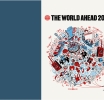
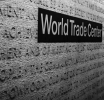



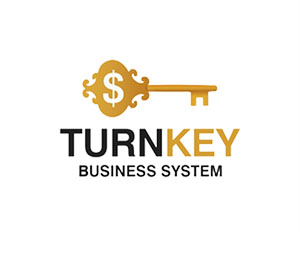
Report
My comments